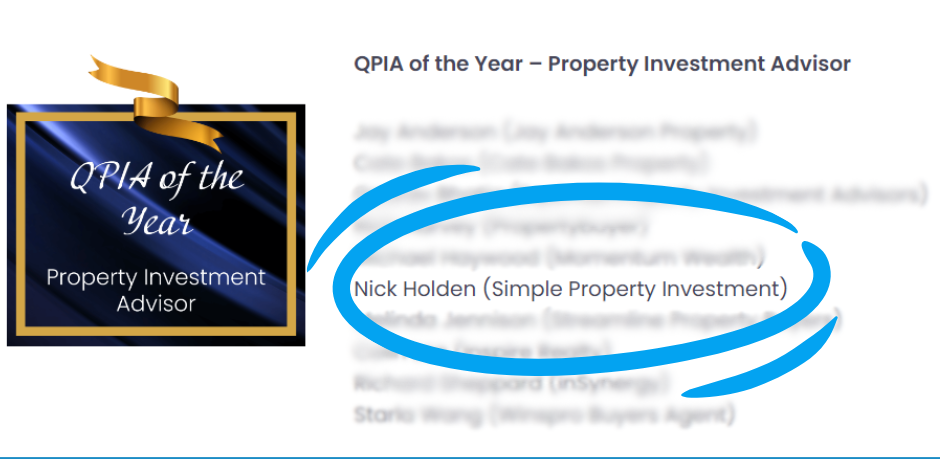My wife, Sarah and I were both born in 1973. Sarah has recently clicked over 50 on the odometer and I am a couple of weeks away so I am making the most of letting her know I am still in my forties – for the short time I have to do so.
As a bit of fun I thought it would be interesting to compare the difference of investing in property in 1973 as to what it is like 50 years later.
In 1973 the median house prices in capital cities were:
$27,400 Sydney
$19,800 Melbourne
$17,500 Brisbane
$16,250 Adelaide
$18,850 Perth
$26,850 Canberra
$15,200 Hobart
(report by Domain)
The following points offer a general idea of what the property investment landscape looked like:
- Economic Climate: Australia’s economy in 1973 was influenced heavily by the global oil crisis, which put significant pressure on economies worldwide, leading to economic instability. The inflation rate was high, reaching 13.6% by the end of the year, affecting property prices and mortgage rates.
- Market Trends: Housing prices were on the rise, with the cost of a home in major cities like Sydney and Melbourne increasing noticeably. There was a significant demand for housing due to population growth and urbanization. Still, the rapid rise in prices made affordability a significant issue, especially for first-time buyers.
- Suburban Development: The trend towards suburbanization was evident in Australia as well, with a push towards development in outer suburbs of major cities. Investors who capitalized on this trend by investing in developing suburbs were often able to secure significant returns.
- Regulatory Environment: The 1973 introduction of the “Whitlam Government” saw significant changes in Australia’s socio-economic landscape. While these changes primarily targeted social services and education, they indirectly affected the housing market, making the property investment landscape a little uncertain during this period.
- Investment Vehicles: Direct investment in property was the dominant way to engage with the market, but there were also emerging opportunities for indirect investment. While Real Estate Investment Trusts (REITs) were not as common as they were in the U.S., some investment firms were offering property-focused portfolios.
In summary, property investment in Australia in 1973 presented challenges due to economic instability and high inflation, but there were opportunities for substantial returns. Investors who could navigate the market’s complexities and adapt to changing socio-economic conditions had the potential to realize significant profits.
Fast forward 50 years and the property market has witnessed significant changes in terms of the economic environment, market dynamics, technology, and legislation.
Here’s a comparison:
In 2023 the median house prices in capital cities are:
$1,459,856 Sydney
$1,023,116 Melbourne
$805,818 Brisbane
$795,634 Adelaide
$672,177 Perth
$1,047,112 Canberra
$689,127 Hobart
(report by Domain)
- Economic Climate: Unlike the high inflation environment of 1973, the Australian economy in 2023 is more stable, albeit with global economic pressures and uncertainties related to the long-term impacts of the COVID-19 pandemic. Even with the recent increases, interest rates remain historically low, stimulating property demand, but also raising concerns about affordability and under-supply of dwellings, in particular rental accommodation.
- Market Trends: The property market in 2023 is still showing strong growth, particularly in major cities. However, the trends have diversified, with a rising interest in regional areas and smaller cities due to remote working trends and lifestyle changes sparked by the pandemic. The increased focus on environmental sustainability has also influenced property values, with greater demand for energy-efficient properties.
- Urbanisation and Development: While suburban development was a key trend in 1973, 2023 has seen a shift with increased focus on urban living and high-density properties like apartments and townhouses. There’s also a growing demand for mixed-use developments that combine residential, commercial, and sometimes industrial uses.
- Regulatory Environment: The regulatory landscape has evolved considerably since 1973. Policies have been put in place to protect consumers and regulate lending practices, affecting property investors. Additionally, tax incentives, like negative gearing and capital gains tax concessions, have made property investment more attractive in 2023.
- Technology: Technology has had a profound impact on property investing in 2023. Online real estate platforms provide easy access to property listings, data, and market trends. Digital transactions, including online auctions and digital contracts, have become commonplace. Technology has also enabled new forms of property investment, such as crowdfunded real estate and blockchain-based property transactions.
- Investment Vehicles: While direct property investment remains popular, other investment vehicles have increased in popularity such as Trusts and Self-Managed Super Funds (SMSF). With the ability to borrow funds in an SMSF (there wasn’t even superannuation in 1973) to purchase property has seen a significant increase in this strategy.
In summary, investing in property in Australia in 2023 is a more complex, technology-driven, and regulatory-guided endeavour compared to 1973.
While the market continues to offer significant opportunities, it requires careful navigation and an understanding of diverse market trends, technologies, and investment vehicles.
All that being said, put your hand up if you would like to have owned 3 properties today that were purchased in 1973?
Imagine what it is going to be like in another 50 years.













